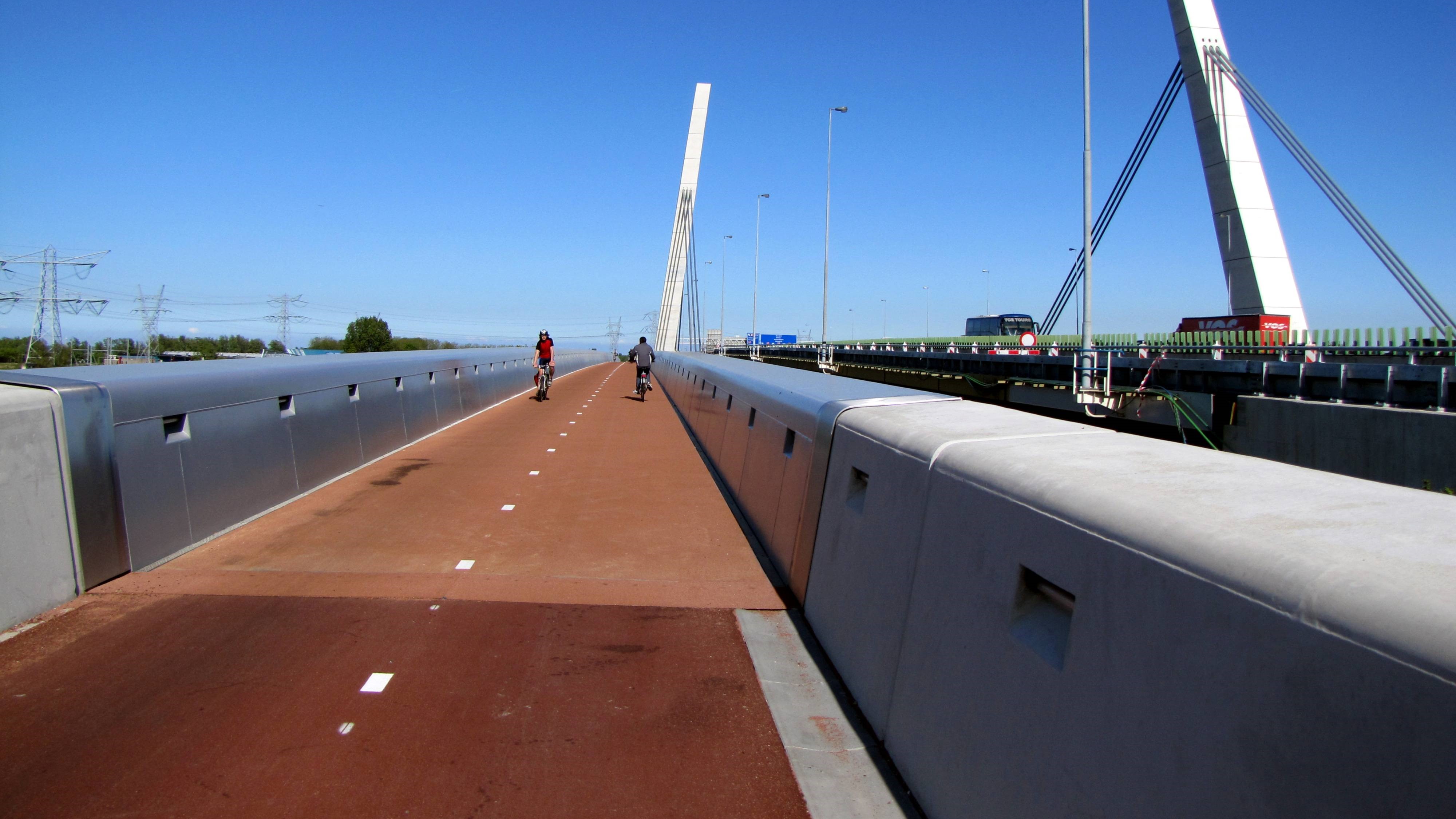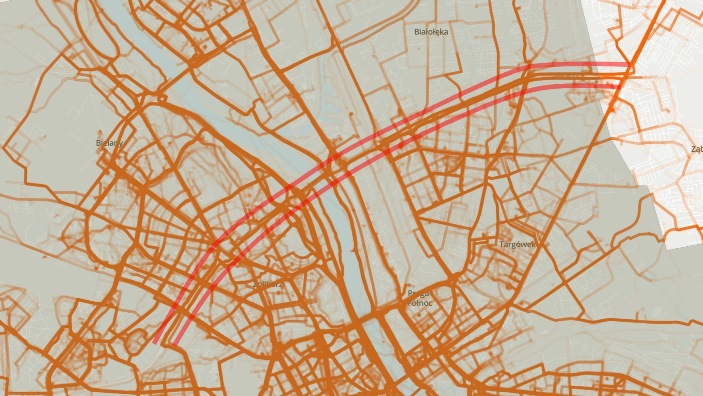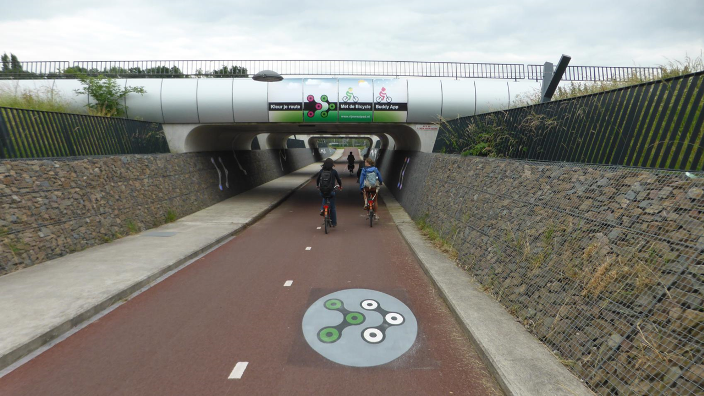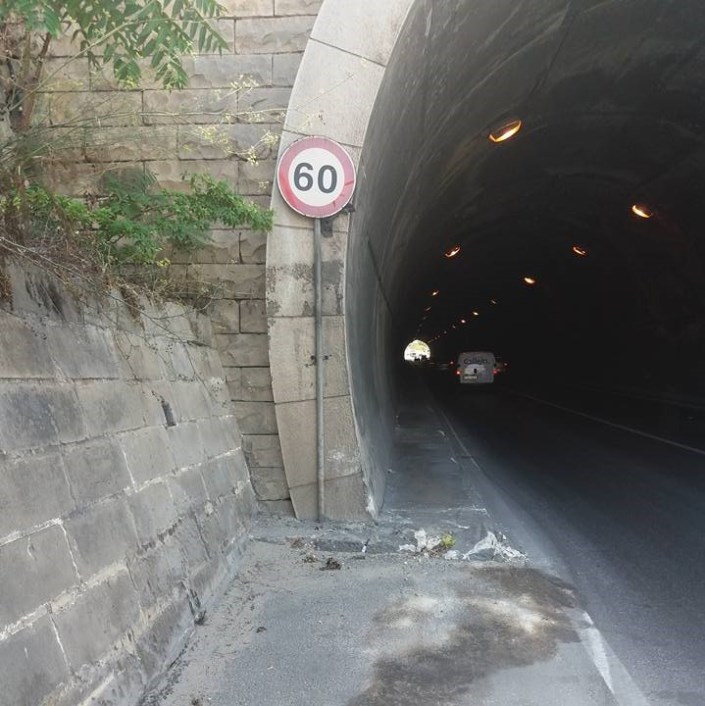
Six measures to make European roads safer for cyclists
ECF welcomes the European Commission initiative to improve the EU regulatory framework for road infrastructure safety management, especially actions targeted to protect cyclists and pedestrians. During the public consultation, ECF proposed several measures to include in the possible revision of two European directives. ECF has also produced a Position Paper on how to better include cyclist safety within the Directives
The European Commission is considering a possible revision of the Directive 2008/96/EC on road infrastructure safety management and Directive 2004/54/EC on road tunnel safety. The current EU legislation covers roads and tunnels within the Trans-European Transport Network (TEN-T), which is a network of main European roads. Options considered for the revision include among others:
- extending the scope of the Directives to other roads,
- introducing minimum performance requirements for e.g. road signs and markings,
- better protection of vulnerable road users (e.g. cyclists/pedestrians).
Although the TEN-T road network serves mostly long-distance motor vehicle traffic, the TEN-T reconstruction projects that fall under the scope of the Directive often affect cycling infrastructure and safety up to few kilometres away from the project, both positively and negatively. ECF and it's member organizations have campaigned for and continue to campaign for the inclusion or preservation of cycling infrastructure in specific projects. Since 2014, the Ten-T Guidelines have included a reference to exploiting synergies between TEN-T projects and “bicycle infrastructure for long-distance cycling paths like the EuroVelo routes”.
The Directive encourages the safety procedures to be voluntarily applied on roads also outside the TEN-T network. This means that there is a lot of scope for including cycling infrastructure in future road projects, both mandatory and voluntary.
As part of the impact assessment of possible changes, a public consultation was organised by the European Commission between June 14th and September 10th. ECF took part in the consultation and based on the work of the expert group involved in the preparation of the EU Cycling Strategy, ECF has proposed in a position paper several measures to include in the Directives. The main recommendations include:
1. Provision of safe, comfortable and direct active mobility routes – functional connections of settlements and workplaces along the (re)constructed road;
2. Sufficient density of safe and comfortable crossings across (re)constructed roads;
3. Upgrade of other roads affected by the (re)construction project to safety standards;
4. Safe active mobility option or an attractive alternative for tunnels;
5. Minimum quality requirements for cycling infrastructure;
6. Cycling infrastructure included in training and certification of road safety auditors.
ECF consider that implementing these measures would improve the safety of pedestrians and cyclists by fully utilising the opportunities created by road and tunnel (re)construction projects falling under the scope of the RISM and Tunnel Directives. Results from the Commission consultation showed a high number of respondents agreeing that the protection of “Vulnerable Road Users” was a major need.
Read more in:
ECF Position on the EU regulatory framework for Road Infrastructure Safety Management
We will update you on the progress of the procedure and try to bring you regular features on where and how cycling infrastructure is currently affected by TEN-T road infrastructure across the various EM Member States.



News category:
Contact the author
Recent news!
Upcoming events
Contact Us
Avenue des Arts, 7-8
Postal address: Rue de la Charité, 22
1210 Brussels, Belgium









